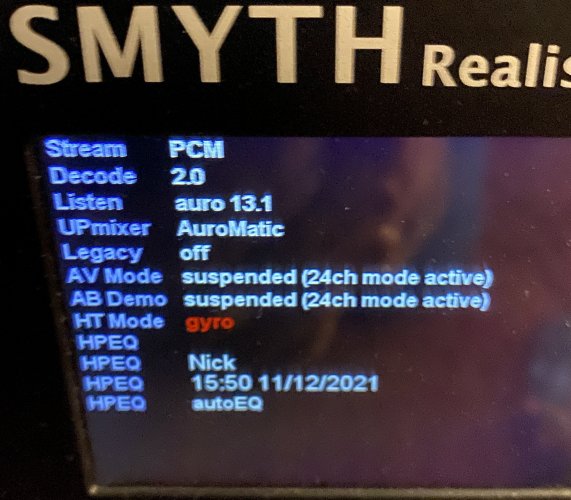esimms86
500+ Head-Fier
- Joined
- Oct 3, 2013
- Posts
- 895
- Likes
- 472
Of course, you’re talking about people who, like myself, have purchased one or more of your 3D SoundShop universal PRIRs, plus a smaller number of folks who, again like me, were fortunate enough to get to travel to your studio for a PRIR measurement session. Back in the heyday of the venerable A8 there were those folks who, like @dsperber for example, were fortunate enough to have 5.1 and 7.1 PRIRs captured for them personally by people like the Smyths themselves, Lorr Kramer and Darin Fong. But then, that was before 24 channel was even a possibility in the virtual listening world.I personally know 157 people/owners that are very happy with their 24 Channel PRIR.
Now, if you were to extrapolate based on looking at around 331 Kickstarter backers, plus the people who purchased an A16 at full price from the Smyths, Gilles Guerin, the A16 dealer in India, etc., I expect that you’re probably looking at a total worldwide base of maybe 500(600 tops?) A16 owners.
With 157 documented customers, you’ve already tapped into 1/4 to 1/3 of that group.
Next question is, how many folks thus far have received the DTS:X and Auro 3D upgrades; I have no idea, but James and Gilles do(not to be confused with “Jules and Jim” - google it LOL!).



















